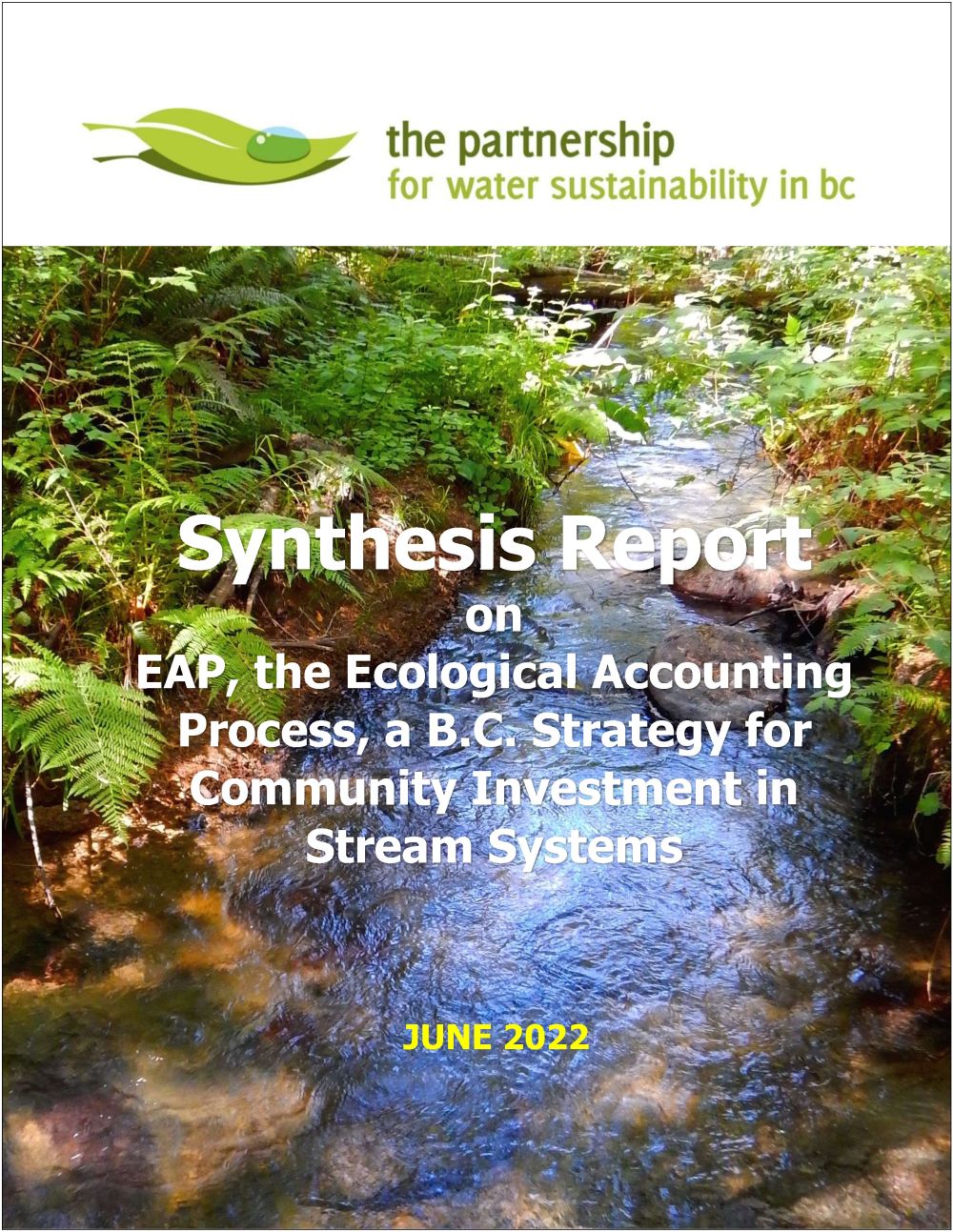STORY BEHIND THE STORY OF EAP, THE ECOLOGICAL ACCOUNTING PROCESS: “Nature appears more fragmented because we have to slice it into categories and dice those categories into bits before we can value bits of those bits. The sum of these parts is far short of the whole and does not capture the interconnectedness and holism of nature,” stated John Henneberry (1952-2021) Professor of Property Development Studies, University of Sheffield, United Kingdom
Note to Reader:
John Henneberry’s pioneering work in the United Kingdom serves as validation of how EAP, the Ecological Accounting Process, looks at streams and water assets as a system. His eclecticism produced real insights into the operation of land and property markets, enabling all involved to see things more clearly and differently.
John Henneberry’s interests lay at the interface between planning and property, and focused on the use of economic instruments in planning and the reproduction of the urban built environment. The work of Tim Pringle in British Columbia to develop EAP identified the same methodological problems that Professor Henneberry identified in his opinion piece published by The Convers

Building Blocks and Big Ideas
“What gets measured gets managed and determines whether a line item is included in a local government Asset Management Strategy. Competing priorities that local governments must constantly reconcile overshadow how one calculates a number. Yet, at the end of the day, it will be all about the number. The number must look right to be right,” stated Kim Stephens, Executive Director, Partnership for Water Sustainability in British Columbia.
“Application of the initial EAP methodology through 9 case studies over a 6-year period of applied research led to refinements and a key finding. And that is, natural systems require a fundamental re-thinking of methodologies for financial valuation, especially for a system such as a stream. The financial value must refer to the physical asset and link it to the land uses that the community expects to enjoy due to the presence of the stream.”
“EAP evolved as one ‘big idea’ led to the next one. We could not have made the leap directly from the first to the last. It required a building blocks process. This is the beneficial outcome of a systematic approach to applied research that tests and refines the methodology and metrics to get them right.”
To Learn More:
Download a PDF copy of Building Blocks in a Process. The table lists the nine EAP projects and consolidates 19 “big ideas” that are transformative in their implications for “why and how” local governments implement Asset Management for Sustainable Drainage Service Delivery.

Use and Conservation of Land are Equal Values
“EAP is a major milestone in a journey that had its’ genesis in 1991 when Tim Pringle, the Executive Director, convinced his Board of Governors at the Real Estate Foundation of British Columbia (REFBC) to adopt a philosophy that use and conservation of land are equal values,” continued Kim Stephens.
“From that point forward, the REFBC funded work in the stewardship and conservation sectors applying this guiding philosophy. The notion of equal values launched Tim Pringle on a career trajectory that culminated with his pioneering work leading the EAP initiative. This is the context for the case study building blocks process.”

Context is Everything
“Early in the EAP journey, it became clear that ecological economics theory does not make sense when applied to the local government setting and asset management. Ecological economics determines general values for natural systems with emphasis on influencing policy and statistical measures. It does not drill down in a way that is helpful to local governments striving, under scrutiny, to make budget decisions,” continued Tim Pringle, EAP Chair.
“To provide a relevant solution for local government, one must understand the local government context. EAP is unique because the methodology deals with the parcel. Case studies informed the research and validated the approach. The late John Henneberry was following a similar path in the United Kingdom.”
“It is more than coincidental that he qualified both as a chartered planner and as a chartered surveyor, a rare but important combination. In other words, he understood the importance of the parcel, and this was one of his areas of research,” concluded Tim Pringle.
TO LEARN MORE:
For background on John Henneberry, his work and his contributions, click on this link: IN MEMORIAM: “The University of Sheffield’s John Henneberry (1952-2021) was a source of inspiration for me when we were initially developing the methodology and metrics for EAP, the Ecological Accounting Process. He identified the same methodological problems that we experienced in quantifying the financial value of ecological services. Natural systems do not dissect conveniently in order to be quantified and given financial value,” stated Tim Pringle, EAP Chair (October 2021)
To read the complete story about EAP, download a copy of Ecological Accounting Process, A B.C. Strategy for Community Investment in Stream Systems (2022) – the Synthesis Report is a distillation of over 1000 pages of case study documentation into a storyline that is conversational and written for a continuum of audiences that includes land use practitioners, asset managers, stream stewards, and local government decision-makers.


